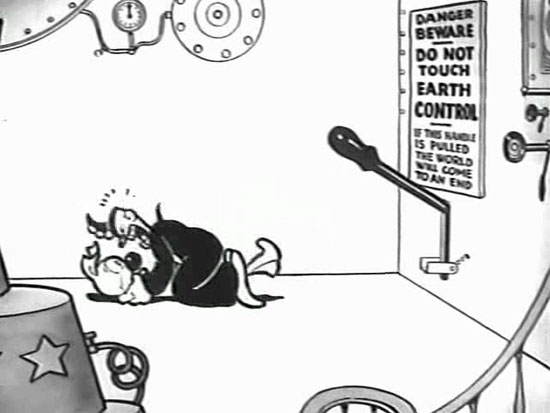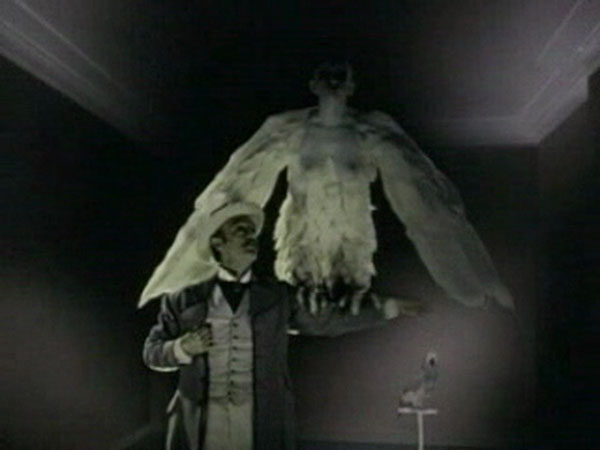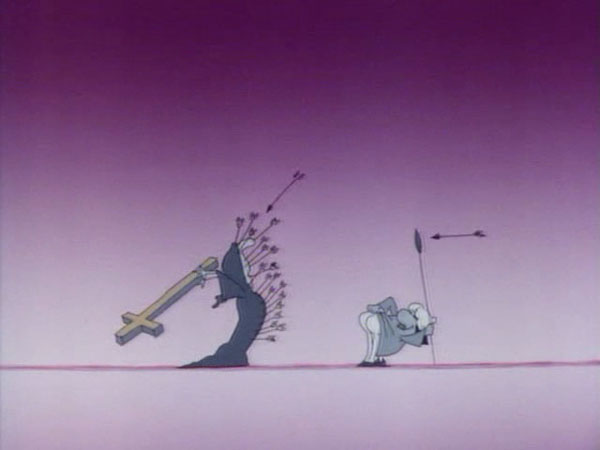I’m glad I got to see this in a theater, since I don’t know if I could’ve sit still for it on video. Also fun to observe the number of walkouts, probably from the half of the audience who hadn’t read the description beforehand and gasped loudly when Andy mentioned its 3.5-hour length in his introduction (AKA the half that wasn’t receiving class credit for attendance). But surprisingly I didn’t like it very much, never got the sense that all the elements (formalist experiment + weight of duration + story or lack thereof + static, careful camera compositions + subtle lead performance) congealed into a singular, great experience.
So, as I already knew, the film portrays Jeanne going about her routine for three days: making coffee, awakening her son and sending him to school, shopping, sleeping with some guy, making dinner, eating with her son, going to bed. Towards the second half her routine isn’t going as smoothly. Potatoes are overcooked. She walks into the wrong room. She can’t comfort the infant she watches while her neighbor shops. Then on the third day she stabs her guy to death with scissors. I’m still thinking about language since watching Pontypool. IMDB and Criterion descriptions say she “turns the occasional trick,” but most viewer descriptions outright call her “a prostitute.”
Delphine Seyrig was already a star (see: Last Year at Marienbad) and would remain one. Jan Decorte (her son) would only be in one more film (also by Akerman). The first two (non-murdered) men are both directors, the middle being Jacques Doniol-Valcroze. He played Etienne, whose letters get stolen and ransomed, in Out 1.
I. Magulies:
The perfect parity between Jeanne’s predictable schedule and Akerman’s minimalist precision deflects our attention from the fleeting signs of Jeanne’s afternoon prostitution. They nevertheless loom at the edge of our mind, gradually building unease. Jeanne Dielman constitutes a radical experiment with being undramatic, and paradoxically with the absolute necessity of drama.
Helping explain the movie’s feminist reputation:
Aunt Fernande, Jeanne’s sister, living in Canada, only appears in the form of a letter, read in litanylike monotone by Jeanne to her son; the neighbor, heard by the door (and played by Akerman herself), describes how, shopping for her husband’s dinner, and still undecided, she ended up getting the same expensive cut of meat as the person in front of her on line. Never casual, each of the film’s uniquely strange and long-winded monologues expresses some form of gendered pressure: they refer to Jeanne’s marriage, the son’s Oedipal thoughts, each breathing a sexual anxiety, each a drawn-out, wordy attempt to mitigate the “other scene” we never see, the elided afternoon trysts.







